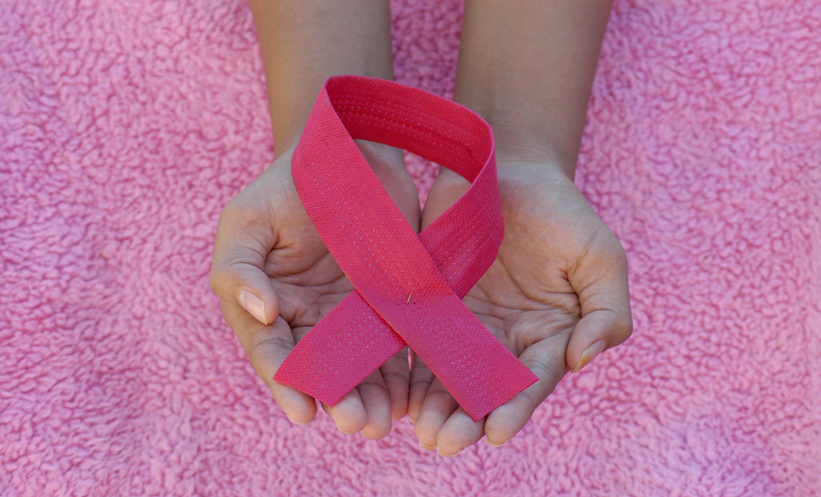MBBS (Qld), MPH, JP(Q), FRACGP
Every characteristic of every human whoever was in existence, and who ever will be in the future, is determined by the individual makeup of their inherited DNA. But first, let’s clarify one point. Watson and Crick were awarded the Nobel Prize for the discovery of DNA. In reality the discovery of DNA was made by a less well known scientist, a crystallographer called Roslyn Franklin. It is a well documented story, and makes for interesting reading.
She died, thankfully, before realising that her lifelong research material had been stolen and someone else had received credit for her work. Now, the race is on again by scientists around the world to achieve a modern day version of the discovery of DNA: to discover a cure for cancer. Researchers are trying to construct a detailed genetic map, like unravelling a very long scroll. In summary, they believe that mapping out DNA in every detail will in effect ‘crack the code’, not just for finding a cure for cancer but for many other medical findings.
It will cast light on what actually triggers cancers to occur. It will do much more, however, than simply explain the nature of cancer and other medical conditions. “But”, I hear you say, “we know what causes many cancers.” In principle this is true but, in reality, we don’t know the mechanisms at a subcellular level, i.e. at a genetic DNA level.
This is where mapping the human genome becomes so significant. It will lead to many more scientific explanations of why disease occurs. It will identify susceptible individuals, determine methods of more reliable and precise diagnoses, and shape more specific targeted treatments than we could possibly imagine today.
Better understanding the human genome will tell us a lot about how life works. It is anticipated that a greater understanding of cancer sub-sets will result. Prostate cancer research will benefit from this scientific discovery. No longer will the questions be asked,
“Is my prostate cancer a serious form?”
“Will my prostate cancer need treatment, if so what sort of treatment?”
“Should I have surgery?” or “Is my prostate cancer cured?” Answers to all these questions and more will flow from the detailed mapping of human genetic material contained in the big, complicated, encrypted code of the double-stranded DNA helix. Unfortunately, this puzzle is not likely to be solved tomorrow. It is not known how long this exercise might take to complete. It won’t happen tomorrow, but it will happen.
All information obtained by European Medical Journal and each of the contributions from various sources is as current and accurate as possible. However, due to human or mechanical errors, European Medical Journal and the contributors cannot guarantee the accuracy, adequacy, or completeness of any information, and cannot be held responsible for any errors or omissions. European Medical Journal is completely independent of this blog piece, views and opinions expressed are those of the authors.







